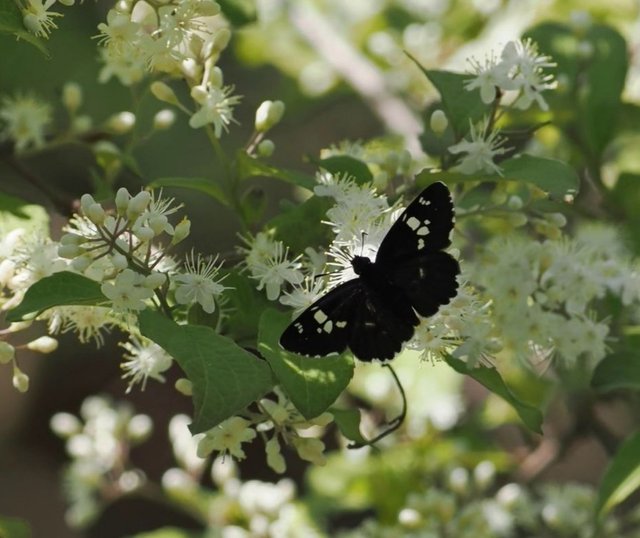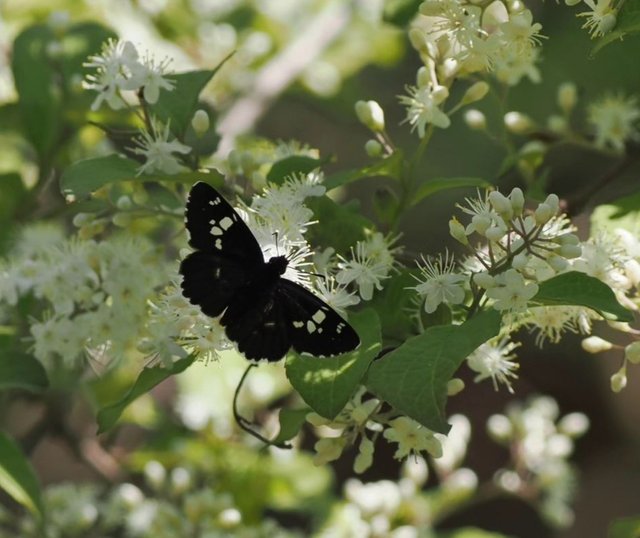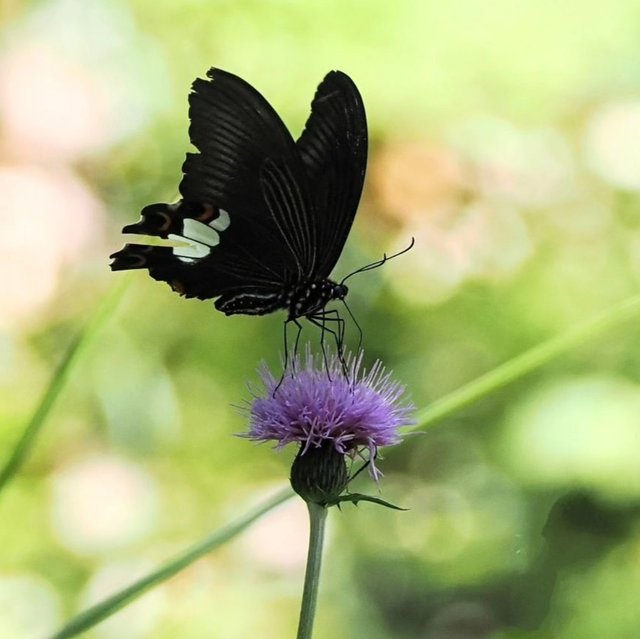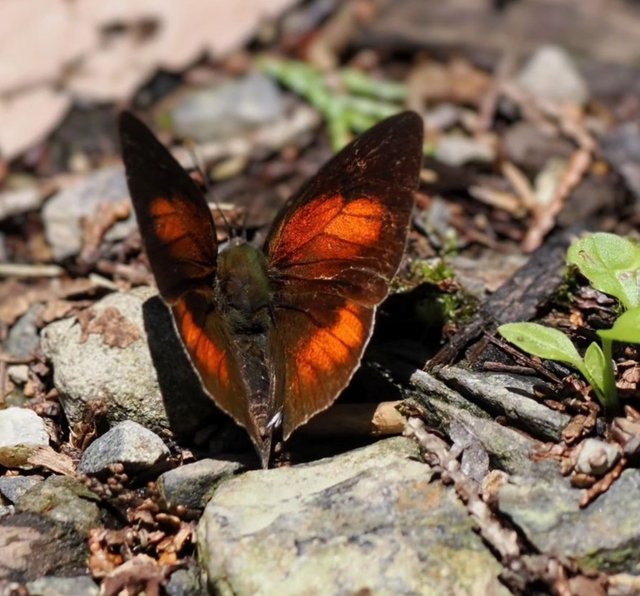So Cute Papilio Helenus Butterfly
The Elegant Swallowtail: A Deep Dive into Papilio helenus
Papilio helenus, commonly known as the Red Helen or the Black Helen, is one of the most captivating members of the family Papilionidae. With its striking appearance and intriguing behavior, this butterfly holds a special place in the biodiversity of South and Southeast Asia. In this post, we will explore the physical characteristics, life cycle, habitat, distribution, and conservation status of Papilio helenus, offering a comprehensive look at this elegant insect.
Physical Characteristics
Papilio helenus is renowned for its distinct and elegant appearance. The adult butterfly has a wingspan ranging from 110 to 150 mm, making it a relatively large butterfly. The upper side of its wings is predominantly black with white or pale yellow markings. The forewings display a series of white spots forming a curved band, while the hindwings are adorned with a striking white patch near the base and several smaller spots. One of the most distinguishing features of the hindwings is the presence of elongated tails, which contribute to its common name.
The underside of the wings is equally captivating, though less vivid. It features a brownish-black background with a series of red and white spots and streaks, providing camouflage when the butterfly is at rest. The body of Papilio helenus is robust and covered with fine hairs, adding to its overall elegance.
Life Cycle
The life cycle of Papilio helenus, like other butterflies, comprises four distinct stages: egg, larva (caterpillar), pupa, and adult.
Egg: The female butterfly lays her eggs singly on the leaves of host plants, which primarily belong to the Rutaceae family, such as Citrus species and other related plants. The eggs are small, spherical, and pale yellow, gradually darkening as they approach hatching.
Larva: Upon hatching, the larvae or caterpillars are tiny and initially resemble bird droppings, providing an effective camouflage against predators. As they grow, they undergo several molts, changing color and pattern. Mature larvae are green with white or yellowish lateral stripes and a pair of eyespots near the head, which serve to deter predators by mimicking snake eyes.
Pupa: The pupal stage is a period of transformation where the caterpillar forms a chrysalis. The chrysalis of Papilio helenus is green or brown, resembling a leaf or twig, which helps in camouflage. This stage lasts for about two weeks, depending on environmental conditions.




Thanks For Reading
Device Information
| Device | cannon eos 600D |
|---|---|
| Lens | 55-250 zoom leans |
| Location | Myanmar |
